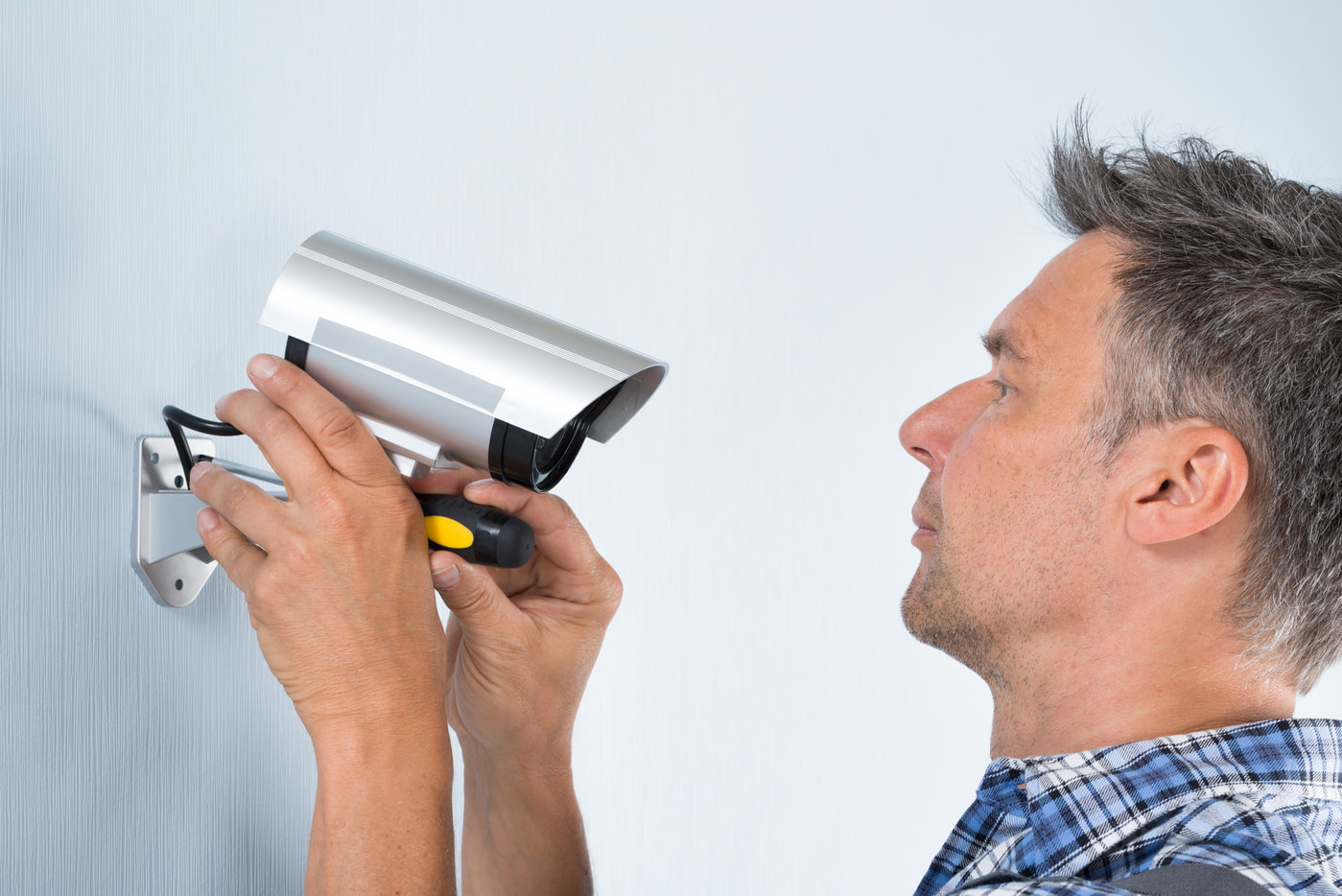
Fake security cameras mimic the qualities of real ones, giving homes the appearance of security without the expense of installing and maintaining a functioning system. However, while working cameras aid in both deterring and investigating crimes, dummy cameras are only capable of serving as a deterrent. The overall efficacy of these cameras is widely debated, and is dependent on the quality of the fake’s build. Most dummy cameras are considered effective tools against amateur thieves, but security experts believe that only real cameras, or very convincing fakes, are actually able to prevent crime. Click Here for The Bestselling Home Security Products.
Dummy Cameras as a Deterrent To Crime

All crimes occur when criminals have the means, motive, and opportunity to commit them. Generally speaking, the average home doesn’t have a way to eliminate the first two, but one can diminish any sense of opportunity by making itself into an unattractive target.
The day-to-day function of real security cameras is really deterrence: recorded footage is only useful in the aftermath of a crime. Cameras prevent far more break-ins and burglaries than they’ll ever contribute to solving, because people are typically less likely to do wrong if they feel they are going to be caught.
With the deterrent nature of security cameras in mind, dummy cameras theoretically fulfill the same preventative purpose, even though they lack the actual ability to record. All the fakes need to do is place doubt in the minds of criminals that they will be able to break and enter unseen.
A home with visible security cameras doesn’t just tell people that they’re being watched, it also implies that there are other active security measures in place. A home camera system isn’t cheap, so any household with that level of security, even if it is only an illusion, clearly takes its safety and protection seriously, and by nature is a very unattractive target.
Common Pitfalls of Dummy Camera Builds
Conceptually speaking, dummy cameras possess the same crime prevention capabilities that real cameras do, but the market is full of models that defeat their own purpose. In order to be effective, a fake needs to look as real as possible, but several common flaws help criminals distinguish dummy cameras from the real ones:
•Blinking Red Light: This typical feature is meant to give dummy cameras a bit of menace, as if to tell everyone who sees it that it’s recording. Unfortunately, the blinking red light is the best indication a knowledgeable burglar can get that the camera isn’t real. Not a single security camera in the market has this feature.
•Missing Wires: Dummy cameras will generally include a single wire to present the illusion of connectivity, but real cameras have at least two. The worst fakes out there won’t even include any wires, which is a very big tip off to potential criminals.
•Shoddy Construction: There are plenty of cheap looking decoys that use plastic housing instead of a real metal shell. A good decoy will have a real lens, a body that looks legitimate, and a seal of authenticity.
Value of Dummy Cameras in Home Security
In avoiding the flaws that plague the dummy camera market, homeowners can use fakes as a means to enhance their safety and security. Good dummies make for believable deterrents, and while they aren’t real cameras, they can still make criminals think twice about stopping in your street.
At a significant reduction in cost, homes can achieve something close to the effect of having a real camera system, but dummies are not perfect. They are best approached as an additional security measure, not the core of a house’s protection.
Additional Resources:
https://brinkshome.com/
https://www.adt.com/home-security
https://en.wikipedia.org/wiki/Home_security
https://en.wikipedia.org/wiki/Wireless_security_camera